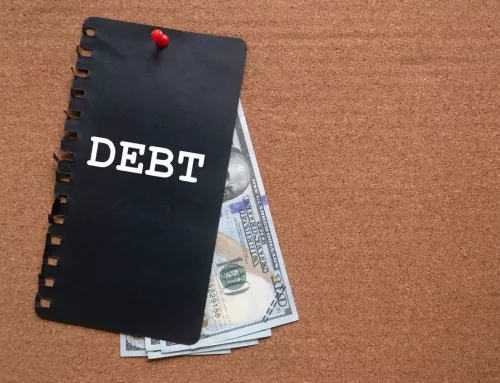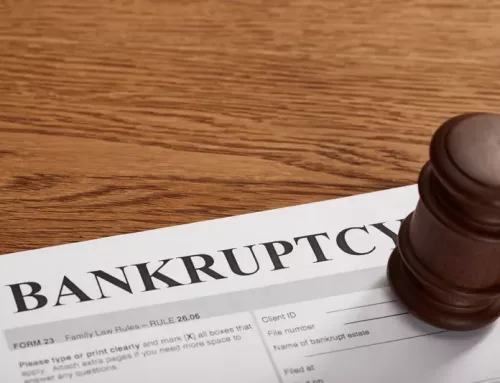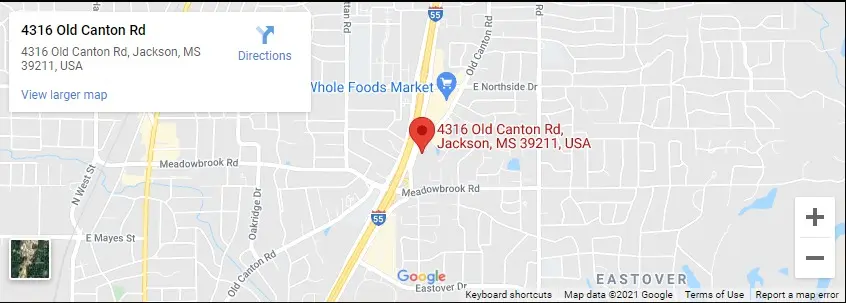When someone is overwhelmed by debt and trying to decide if they should file bankruptcy, they may not know if they should file Chapter 7 or Chapter 13. Chapter 7 bankruptcy is quickly resolved, the proverbial slate is wiped clean, and consumers have a fresh start. On the other hand, Chapter 13 bankruptcy can take from three to five years to discharge. However, consumers can keep their homes and work out a plan to catch up on delinquent payments.
A bankruptcy trustee will review debts and place them in a certain priority. Some will need to be paid in full as soon as possible, such as taxes, spousal support and child support. Consumers will need to prove they can afford to keep their residence and vehicle.
The trustee will also handle unsecured debts for clients. One trustee observed that most clients don’t need to repay credit card debt, although in some cases, they could be ordered to pay back the loans in full. The consumer will pay a monthly amount to the trustee who will then distribute it to any creditors.
The amount a client has each month depends on a number of factors, such as federal laws, state laws, marital status and the types of assets. People must put themselves on a very strict budget and find it can be tough to stick with it for five years. However, if an emergency comes up, the trustee will help clients catch up on payments. The trustee also indicated that clients can still buy homes or cars, but they might pay a higher interest rate.
Someone who is trying to decide if they should file bankruptcy might not realize their options. A bankruptcy lawyer might be able to clarify the differences between Chapter 7 and Chapter 13 and help clients come up with a plan of action.








Connect with Us